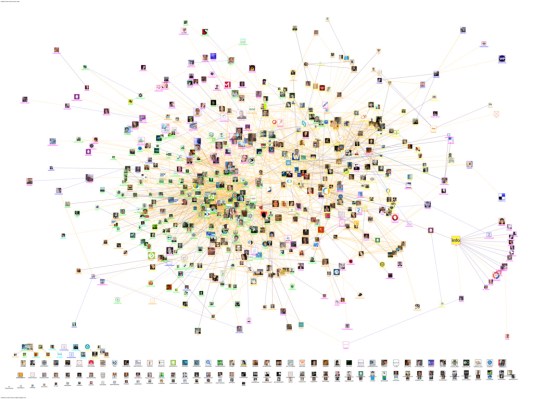Looking to bring machine learning to the masses — or at least the masses of businesses that could benefit from embedding artificial intelligence in their applications — Seattle-based GraphLab has raised $18.5 million in new funding and picked up a new name, Dato.
The brainchild of former Carnegie Mellon professor and machine learning guru Carlos Guestrin, GraphLab began as an open source project Guestrin launched at the University.
GraphLab was spun out of Carnegie Mellon in March 2013 when it raised a $6.8 million round from NEA and Madrona Venture Group.
Now under its new mantle of Dato, the company has managed to attract new investments from Vulcan Capital and Opus Capital Ventures, with NEA and Madrona reinvesting.
“What we allow is anybody in their garage, anybody who’s starting a company to build intelligent-infused applications,” says Guestrin.
GraphLab was initially an academic project in Guestrin’s research group, where the researchers were writing large-scale machine learning algorithms for hadoop, which they released as an open source system for large-scale graph analytics. The team organized a conference for users in 2012 and expected 30 people to show up. When 300 arrived to discuss the technology, Guestrin realized he had to spin the company out.
Dato’s first commercial offering, GraphLab Create, launched late last year. Underpinning Dato’s platform is a machine learning engine optimized for production environments.
Using GraphLab, any programmer can build machine learning into an application. In one use case Guestrin walked me through, a Brazilian retailer which had been building a recommendation engine for their site tested the engine against software built with GraphLab.
Using the technology from Guestrin’s company, the Brazilian online retailer was able to achieve similar results to their internally developed software (which took a year to build) using a program the company’ s developers had created in a few hours.
“Companies have spent a lot of time and money and effort on bringing their data to one place,” says Guestrin. “And they’re looking to make their applications more intelligent.”
